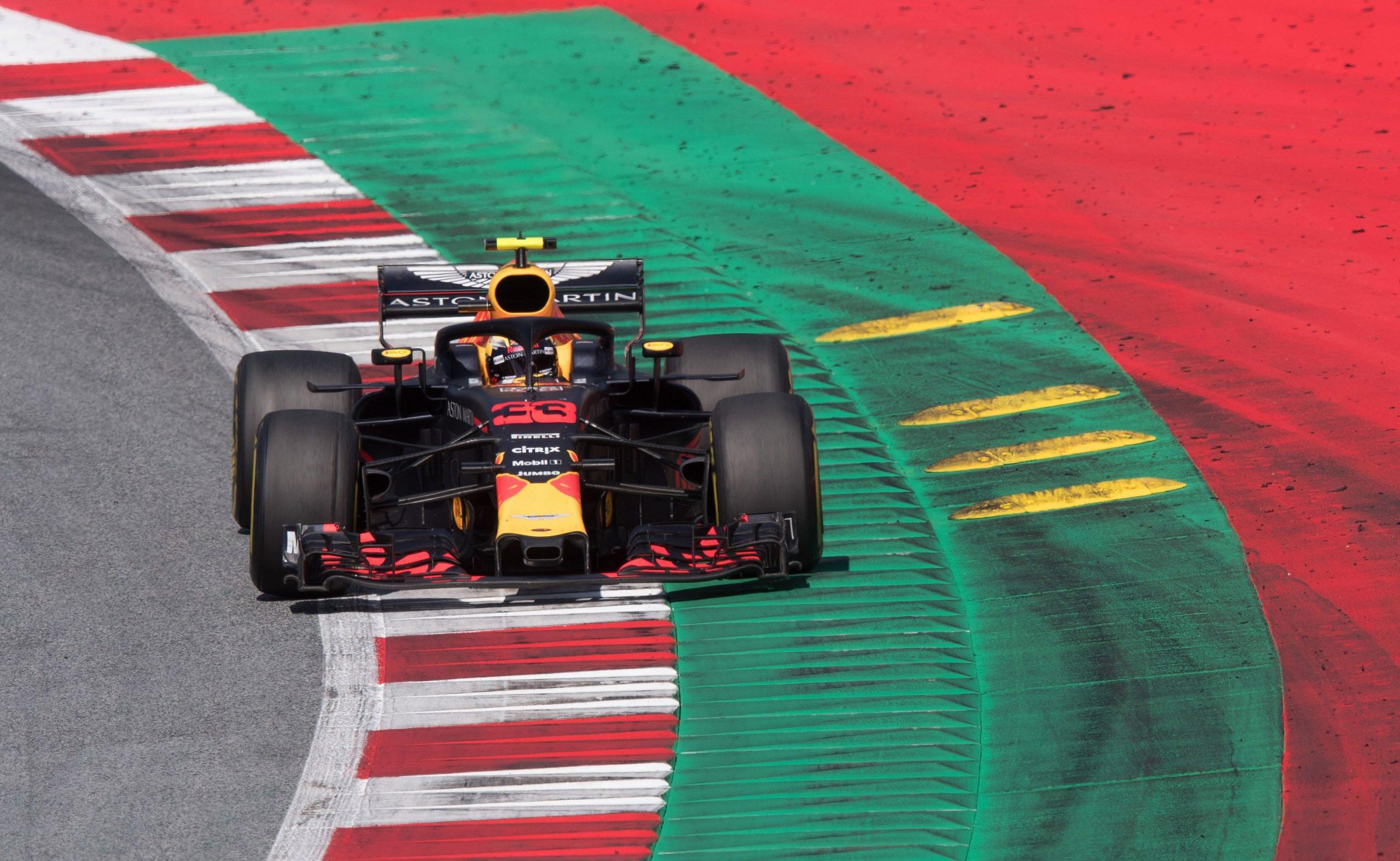Kerbs F1: What is the use of kerbs seen in Formula 1 race tracks and what is a sausage kerb? Are they bringing anything significant?
Kerbs, or curbs, form an important part of any Formula 1 race track. They have different specifications; be it the design or the size and height of it.
They primarily play a crucial role in the safety of the drivers by slowing them down at fast-speed corners. It ensures the drivers race within the designated limits of the race tracks. Warning and penalties are given by the stewards for failing to adhere to it.
The kerbs lie in between the race track and the adjoining area along the track. Apart from penalties, or having the lap times cancelled during qualifying, the kerbs can also cause damage on the cars.
Some kerbs are especially notorious, especially the ‘sausage kerb’. If used properly, some kerbs also help drivers to pick up speed as they race through the corners.
The kerbs are ribbed structures and are called “rumble strips” outside the motorsport world. The kerbs can help the drivers to locate the apex in a corner, which helps them to go through turns seamlessly at high speeds. There have also been suggestions that kerbs have a drainage function, but this hasn’t been spoken about a lot in F1 parlance.
Sausage kerbs – The most well-known kerb in F1
Sausage kerbs have arguably done more bad than good, with multiple incidents of damage reported over the past few years. It has been a controversial safety issue, with many drivers criticizing the use of it.
Also read: F1 tyres 2021 will cut more downforce; Pirelli welcomes the move
Sausage kerbs are mostly placed in a high-speed corner and are generally yellow in colour. It is used to prevent drivers from running too wide in such high-speeds. A relatively new concept in F1, there have been calls for its removal, but the FIA is yet to take any call on it.

